

Welcome to TILAL LIFE

The Evolution and Impact of Modern Transportation
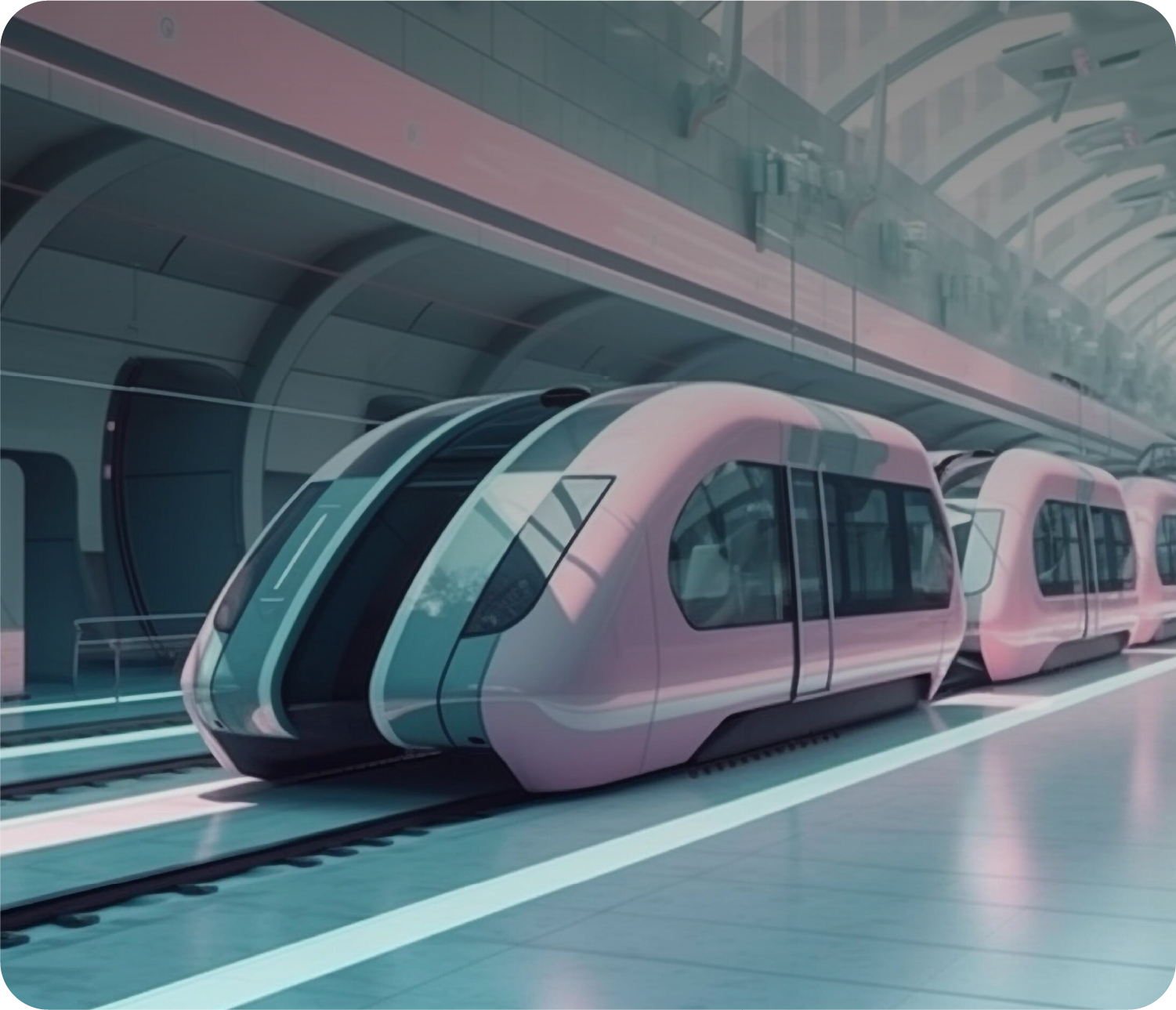
In metropolitan cities worldwide, the heavy reliance on automobiles significantly impacts the quality of life. Congested traffic reduces daily productivity and leisure, while air and noise pollution from cars detrimentally affect public health. Additionally, the need to sustain extensive road networks strains city budgets, drains resources and energy, and creates environments that discourage physical activity and reduce social interactions.
of CO2
emissions were caused by
automobile exhaust in 2019*
This article will explore strategies to mitigate the challenges and negative effects of automobile dependence in metropolitan cities, offering solutions and case studies to promote better, human-centric urban planning.
Infrastructure



Implementing infrastructure changes is resurging in Saudi Arabia to foster healthier lifestyles and create more human-centered cities, aligning with the goals of the Vision 2030 initiative. This aims to cultivate healthier, happier, and less congested urban environments, promoting well-being among city residents.
In conjunction with infrastructure renovations aimed at fostering human-centric cities, transportation innovations are emerging. This shift promises elevated levels of quality of life, sustainability, and well-being for Saudi Arabia.
Innovation in Transportation
The Railway links the holy cities of Mecca and Medina via 450 kilometers of track, reaching speeds of up to 300 km/h. Reduces travel time, enhances economic connectivity between key cities like Jeddah and King Abdullah Economic City.
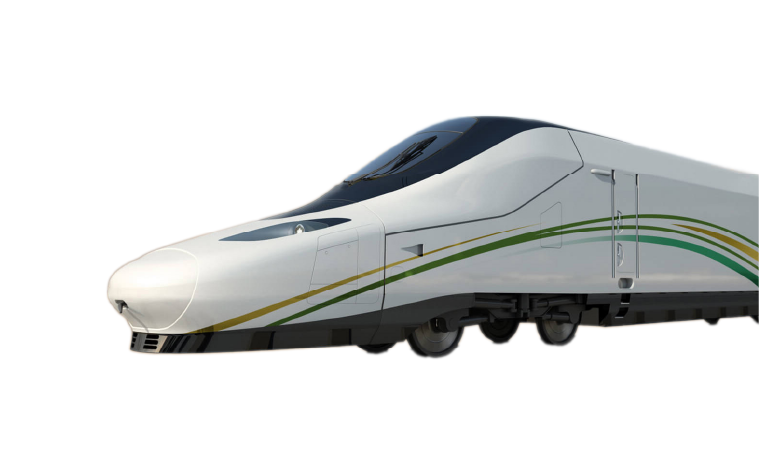
The Riyadh Metro and Bus Project is a comprehensive public transportation initiative in Saudi Arabia’s capital, consisting of six metro lines and an extensive bus network. Designed to enhance urban mobility and reduce congestion.
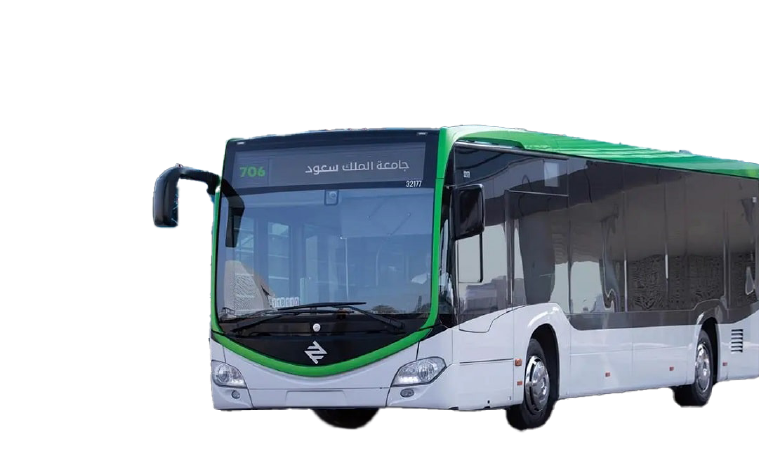
The Intelligent Traffic System (ITS), uses advanced technology to enhance traffic flow and safety. Through real-time monitoring and adaptive signal control, ITS efficiently manages congestion and adjusts to traffic conditions.
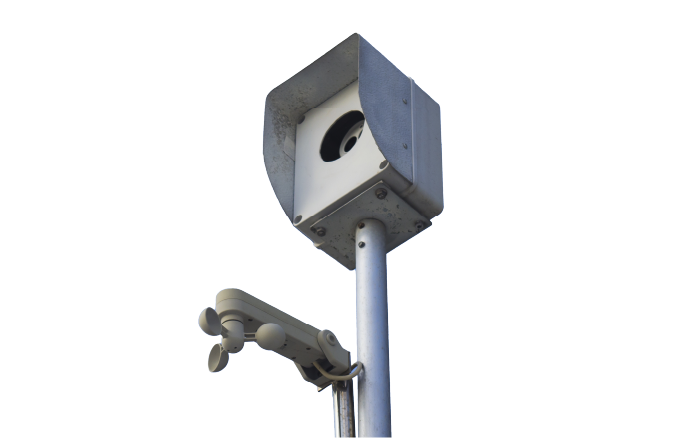
The Saudi Transport Authority has launched the kingdom’s first hydrogen-powered truck. This initiative is part of a broader strategy to incorporate advanced, eco-friendly solutions in the transport sector, aligning with global environmental sustainability goals.
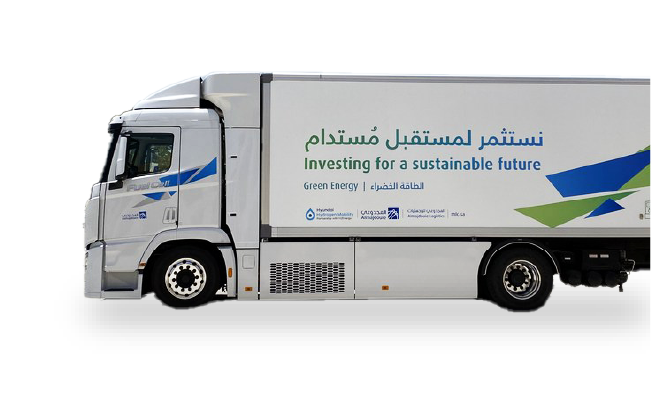
Rekab, is a shared driving service designed to ease urban traffic congestion by offering a carpooling option. Resulting in a less number of vehicles on the road, which decrease traffic volume in metropolitan cities. This contributes to a cleaner and less congested urban environment.
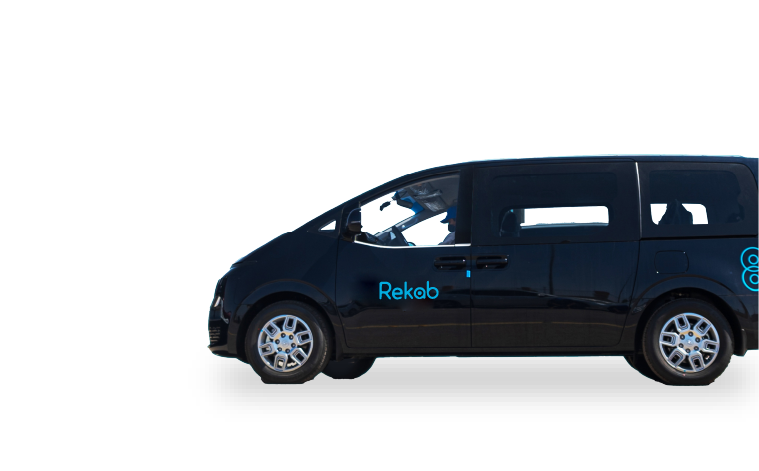
Lucid Motors, is expanding its presence in the Kingdom to move towards sustainable transportation solutions. The introduction of Lucid’s advanced electric vehicles (EVs) aligns with Saudi Vision 2030’s environmental goals, aiming to reduce dependency on oil and decrease carbon emissions.
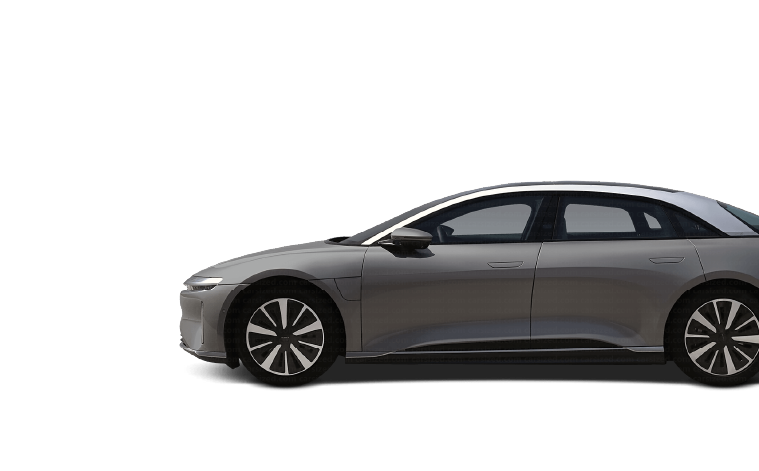
TIER Mobility has launched electric scooters and bikes in Saudi Arabia, offering an eco-friendly option compared to traditional transportation. This move reduces traffic congestion andmpollution, thereby promoting cleaner and more sustainable urban transportation solutions.
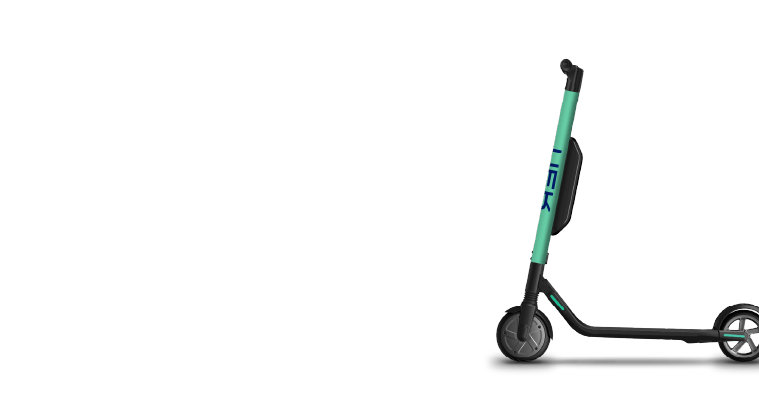
Human-centric urban design makes city living better by encouraging less reliance on cars, thanks to walkable spaces, extensive bike paths, and efficient public transit that help reduce congestion and pollution. The inclusion of ample green spaces and mixed-use developments also nurtures a sustainable environment.
Let’s explore inspiring projects from across the globe that have embraced key features to enhance walkability and sustainability.
Mixed used
Walkability
Human-Scaled Building Proportions
Active Frontages and Vibrant Street Activity
Green Spaces and Street Furniture
Below Ground Parking
Mixed used
New York City, USA
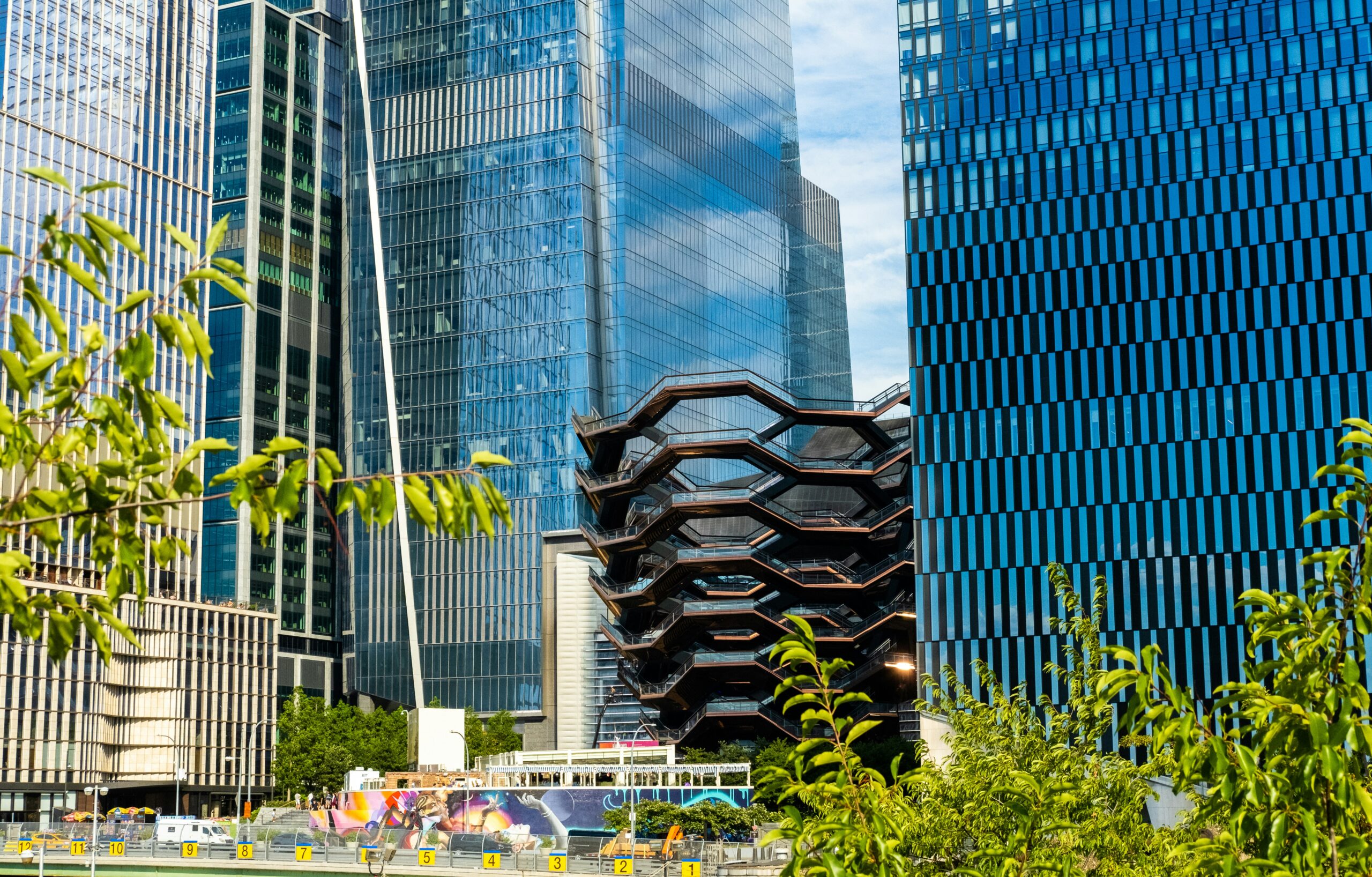
Featuring a blend of office buildings, residential apartments, shops, and cultural institutions, all built above rail yards on Manhattan’s West Side.
London, United Kingdom
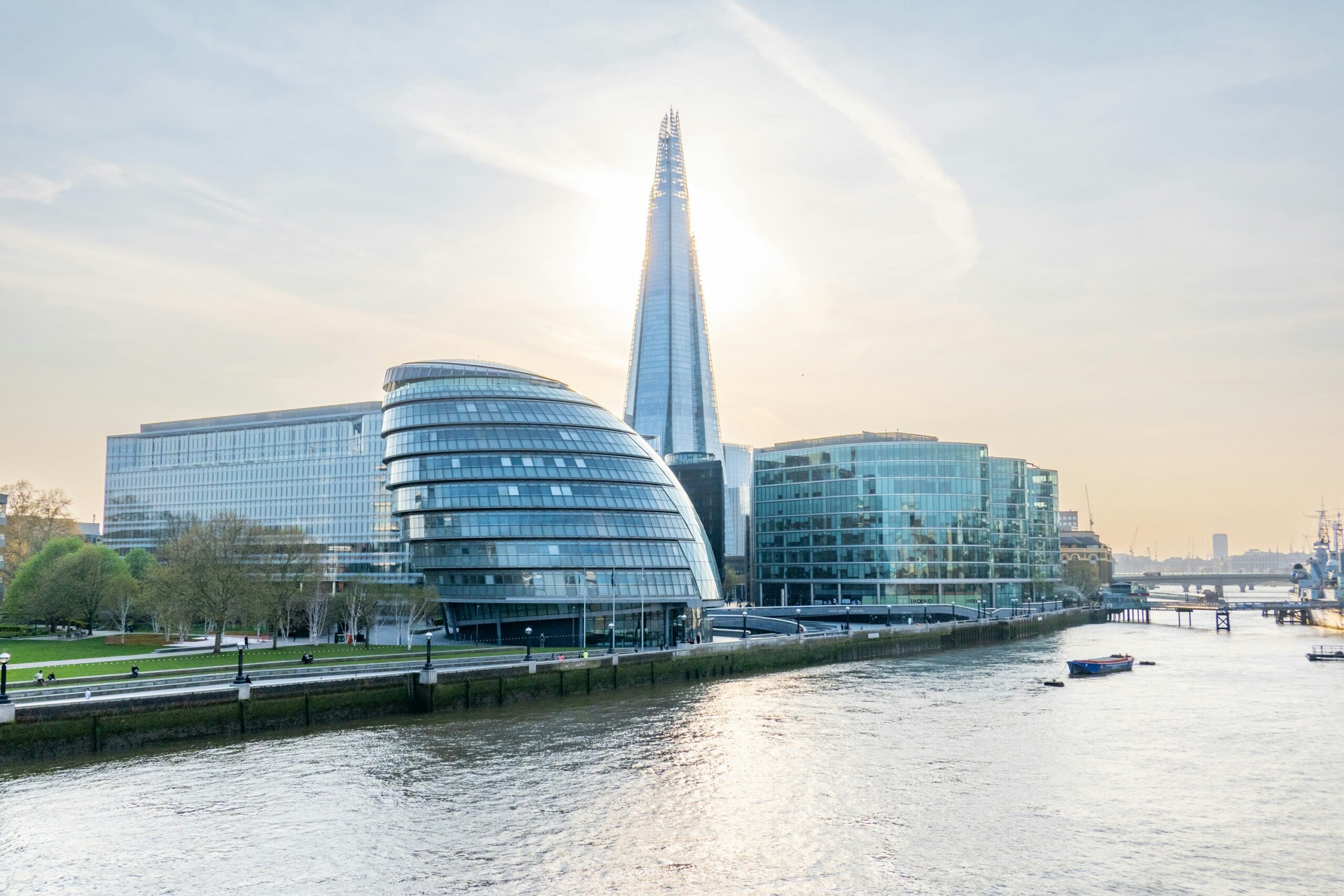
The Shard, standing as one of the tallest buildings in Europe, integrates offices, luxury residences, a hotel, restaurants, and a public viewing gallery, symbolizing a vertical city within London’s vibrant urban core.
Tokyo, Japan
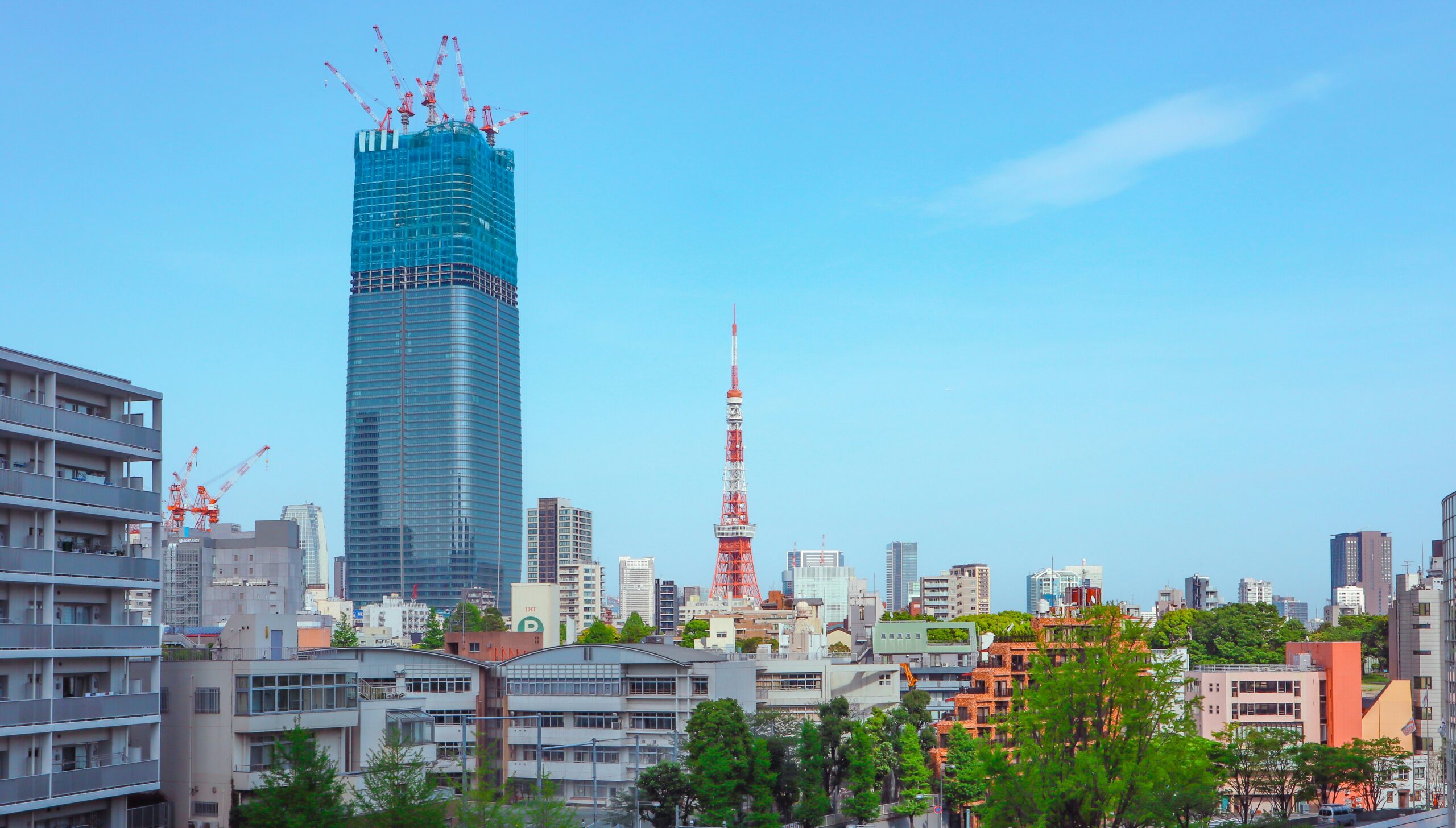
A combines office space, apartments, shops, restaurants, a hotel, a museum, and an observatory, creating a self-sufficient urban neighbourhood designed to enhance liveability and work-life balance.
Walkability
New York City, USA

Originally an elevated railway, the High Line has been transformed into a public park, providing a pedestrian pathway that promotes leisurely walks amidst urban landscapese.
Seoul, South Korea
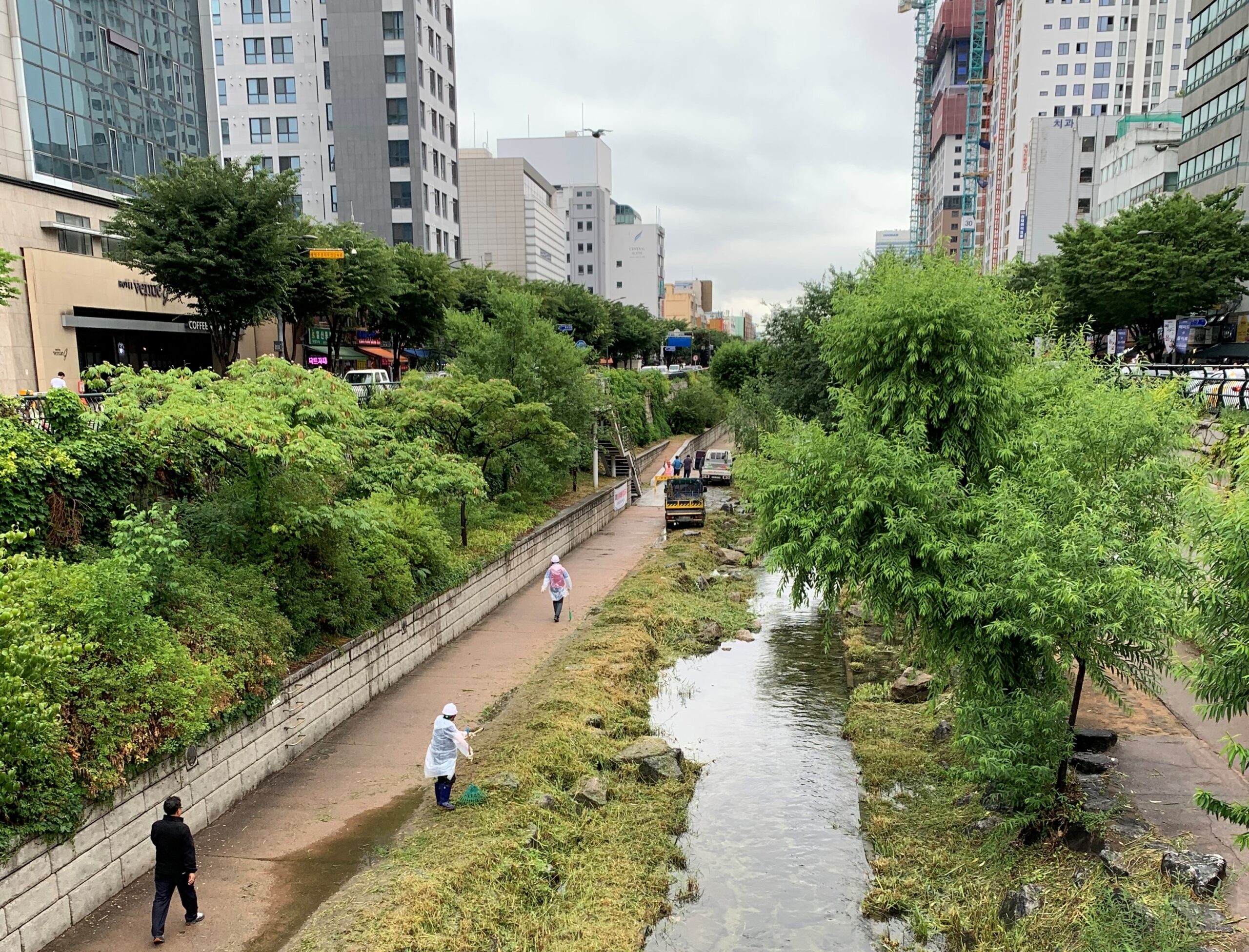
This project involved the restoration of a long-buried stream and the creation of a massive public park in its place, turning a congested highway into a tranquil, pedestrian-friendly zone in the heart of Seoul.
Copenhagen, Denmark
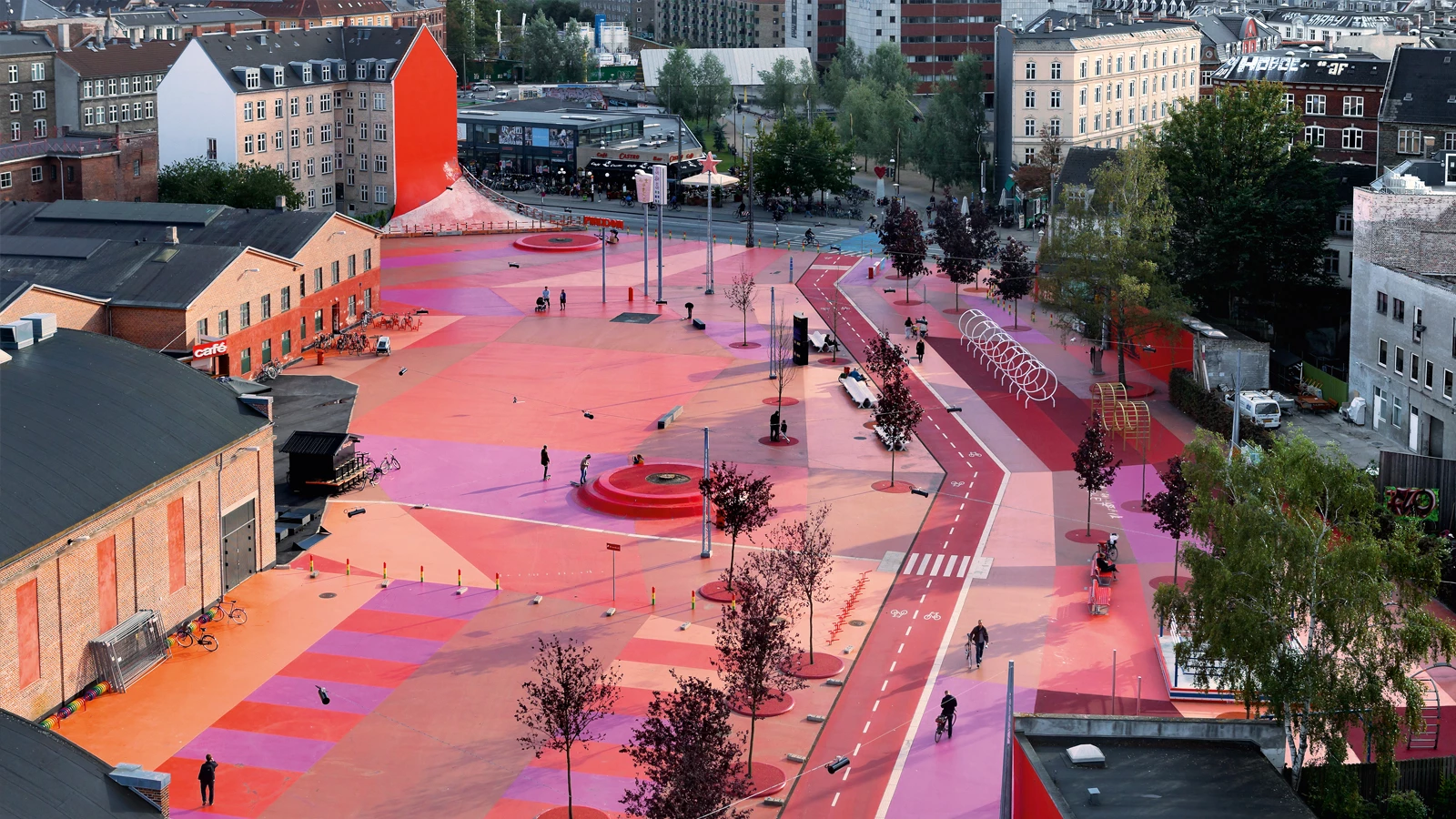
Superkilen is a public park in the Nørrebro district that features a red square, a black market, and a green park, encouraging walking and cycling through its innovative use of public space that integrates global urban design ideas.
Human-Scaled Building Proportions
Barcelona, Spain
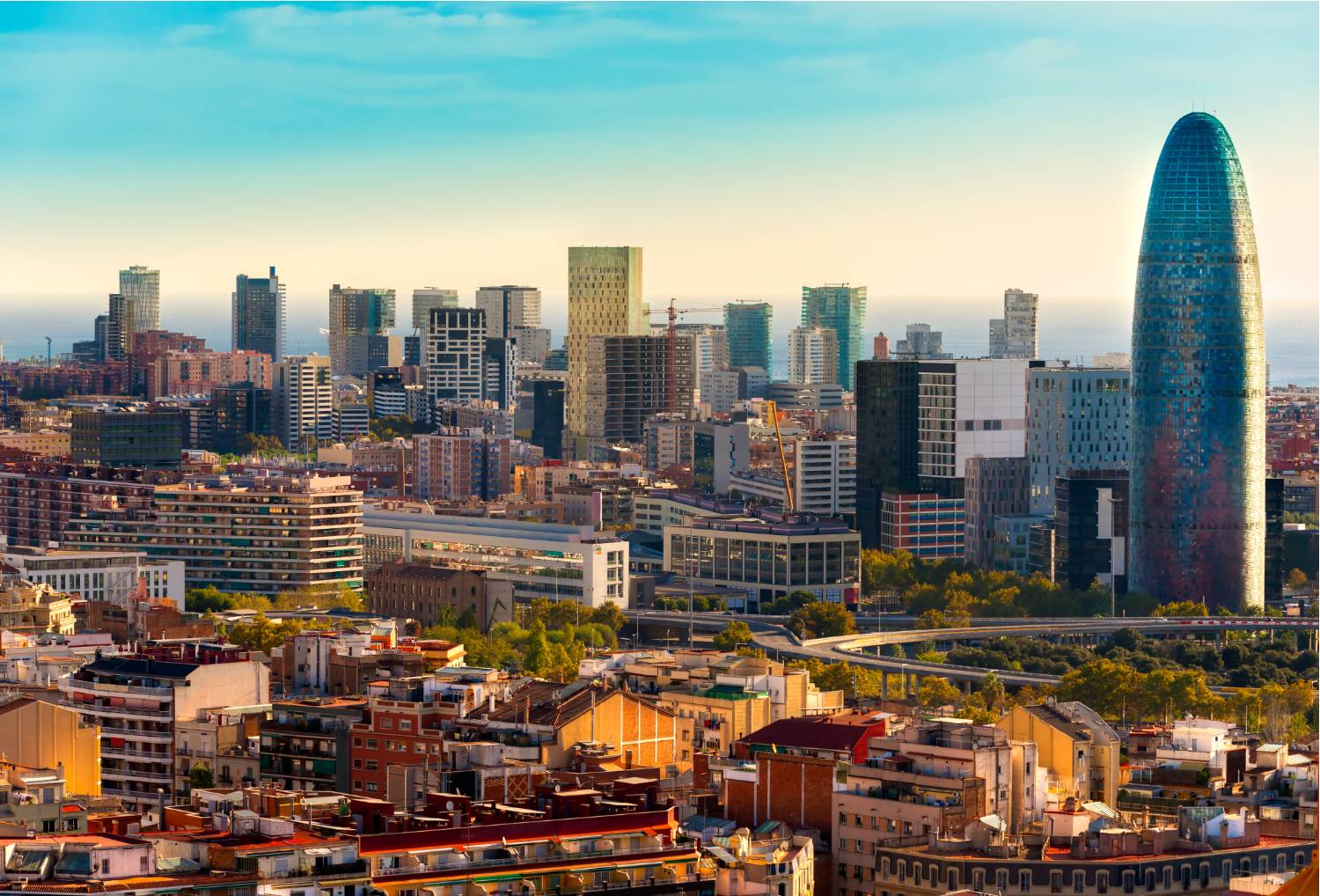
Transformed an industrial area of Barcelona into a thriving knowledge district. The area features a mix of new and old buildings with controlled heights to maintain a human scale
Tianjin, China
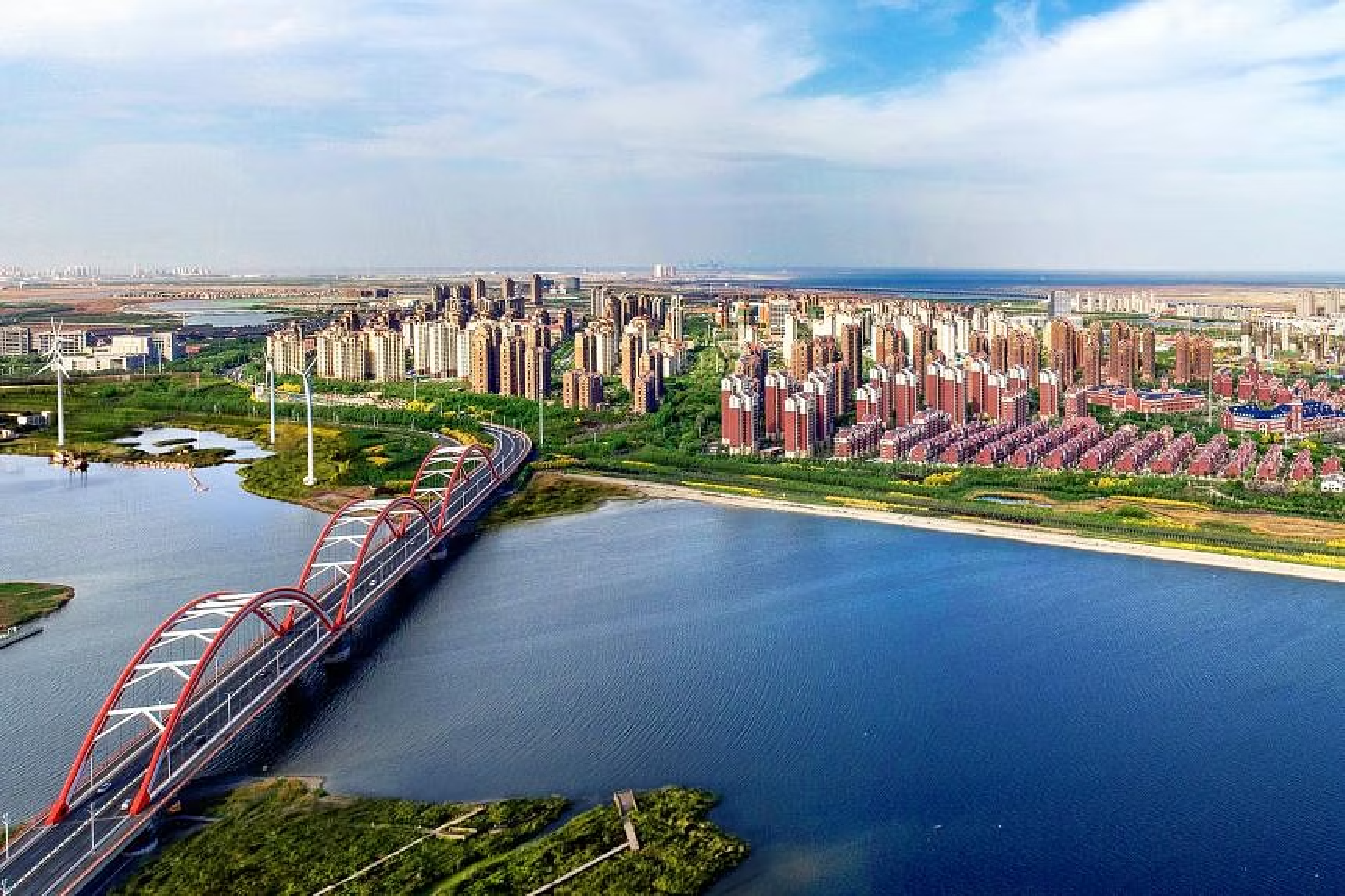
The adoption of human-scaled building proportions, which make the urban environment more accessible and comfortable for residents and visitors alike.
Stockholm, Sweden
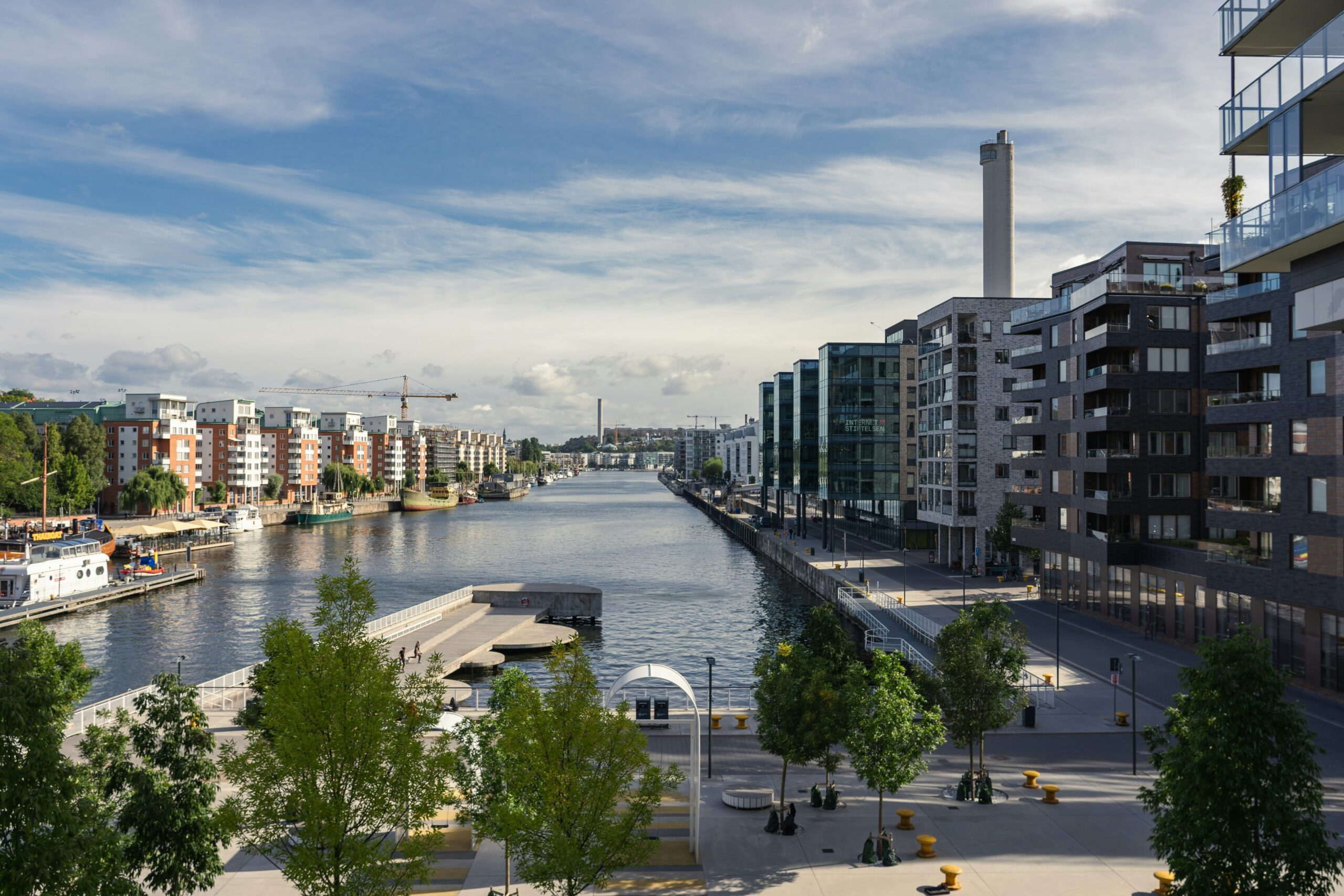
The buildings are generally ranging from 4 to 8 stories. This scale is intentional to ensure that the buildings complement the human perspective and do not overwhelm the streetscape. The moderate height also allows for more natural light to permeate the area, which makes the space feel more open and comfortable.
Active Frontages and Vibrant Street Activity
London, UK
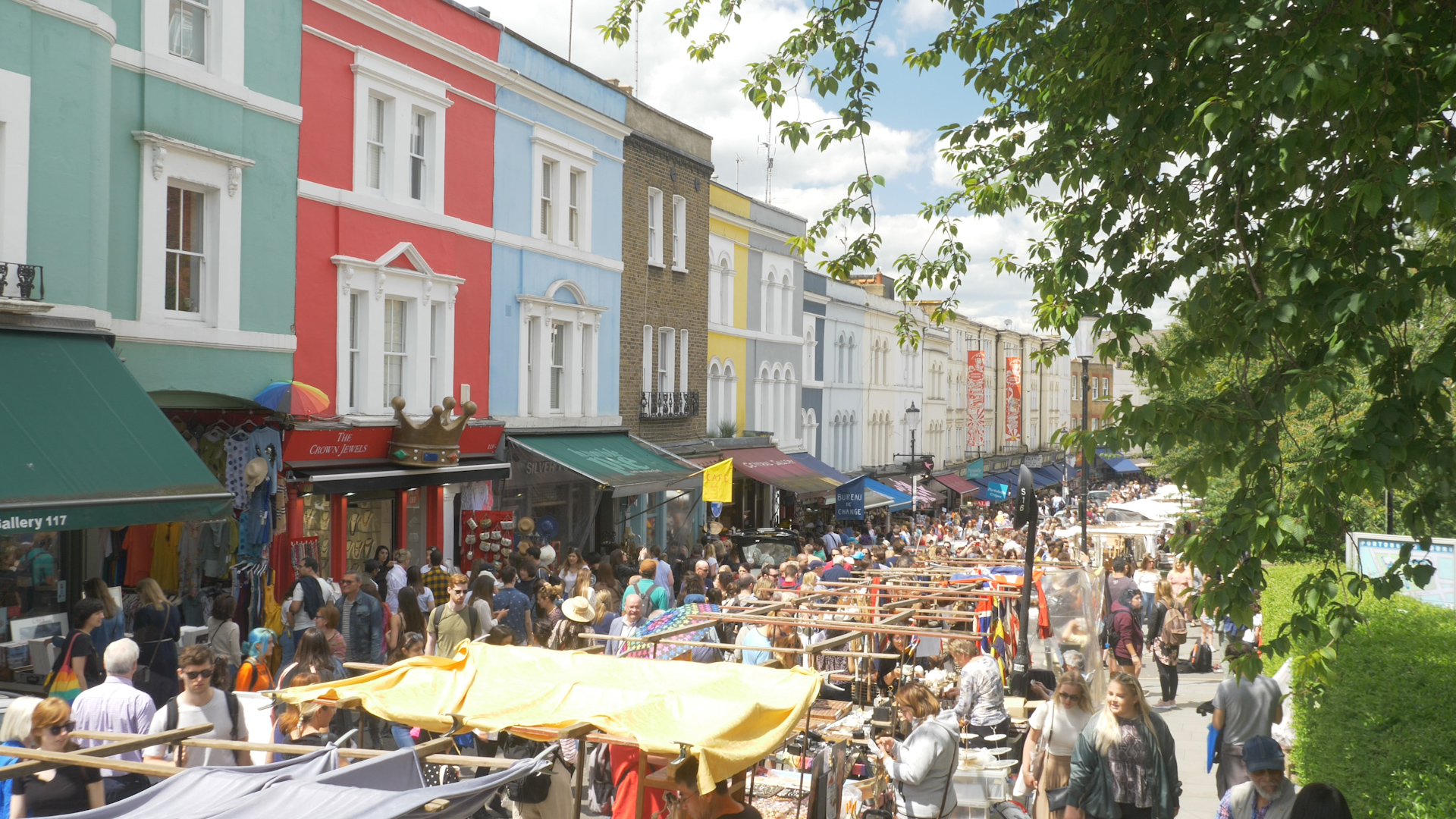
Portobello Road in Notting Hill hosts a bustling street market with vibrant stalls selling antiques, vintage clothing, and artisanal goods. Lined with colorful shops, cafes, and restaurants, it offers a lively and diverse atmosphere, drawing locals and tourists alike.
Tokyo, Japan
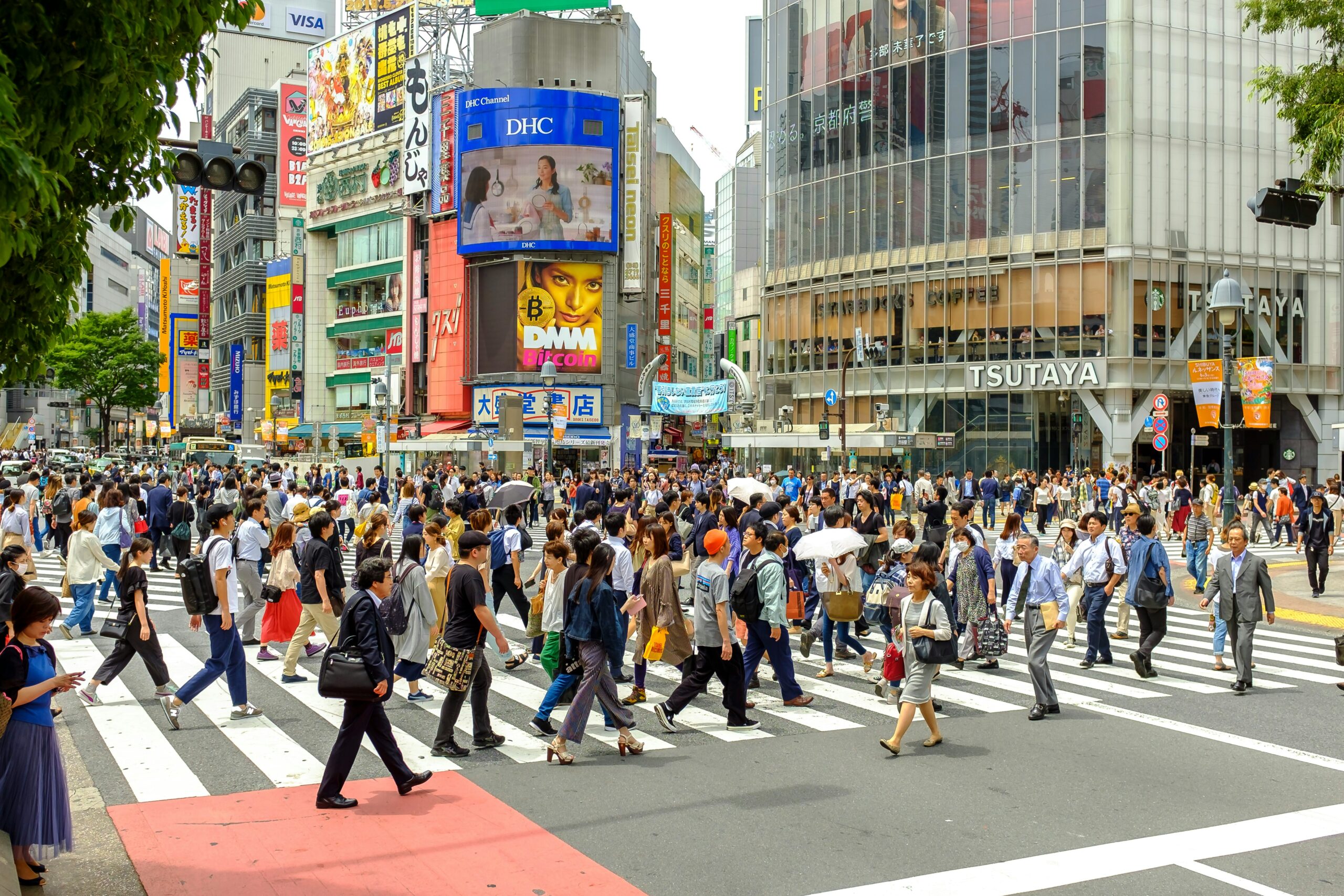
One of the busiest pedestrian intersections in the world and a prime example of active frontages in urban design. Surrounding the crossing are numerous shops, restaurants, and entertainment venues, all with ground-level entrances facing the street.
Buenos Aires, Argentina
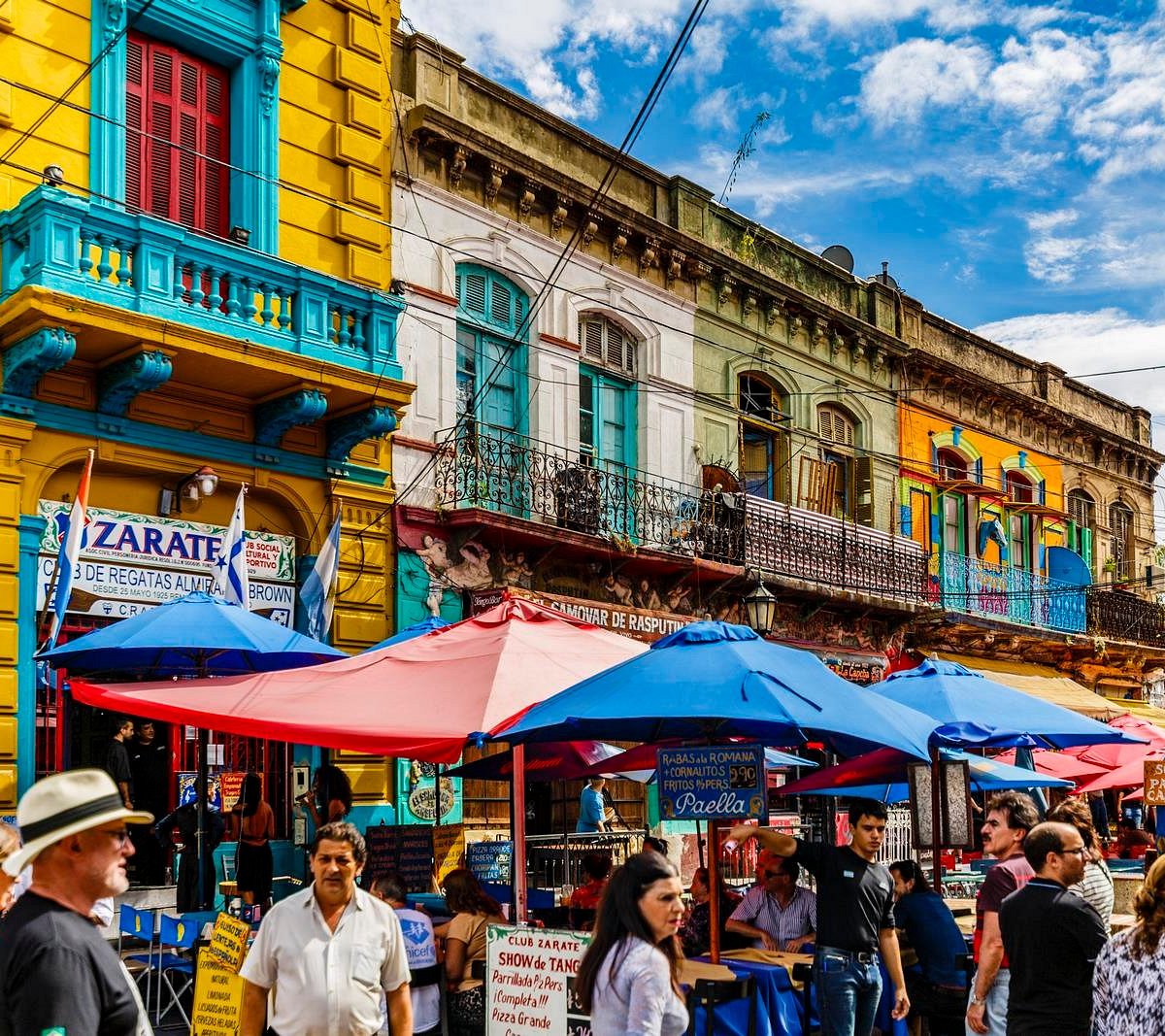
Known for its colorful streets, tango dancing, and vibrant culture, La Boca’s Caminito street is lined with brightly painted houses, outdoor cafes, and artisan stalls. Visitors enjoy the neighbourhood’s energetic atmosphere and artistic expression.
Green Spaces and Street Furniture
Milano, Italy
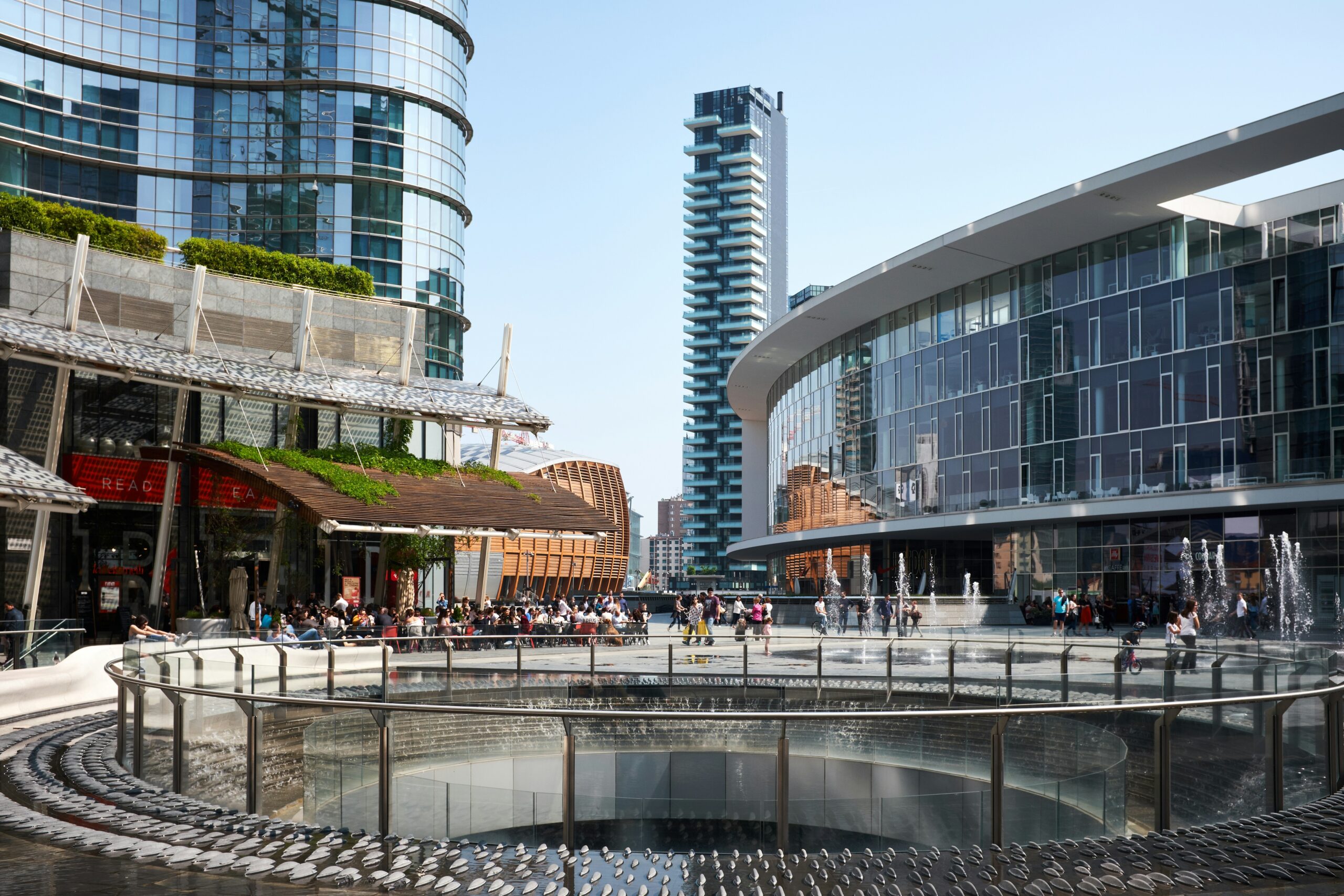
The square features striking contemporary architecture, including office towers, residential buildings, and a monumental circular fountain. Surrounding the square, visitors can find innovative street furniture, and artistic installations that complement the square’s sleek and futuristic design.
Holland Village, Singapore
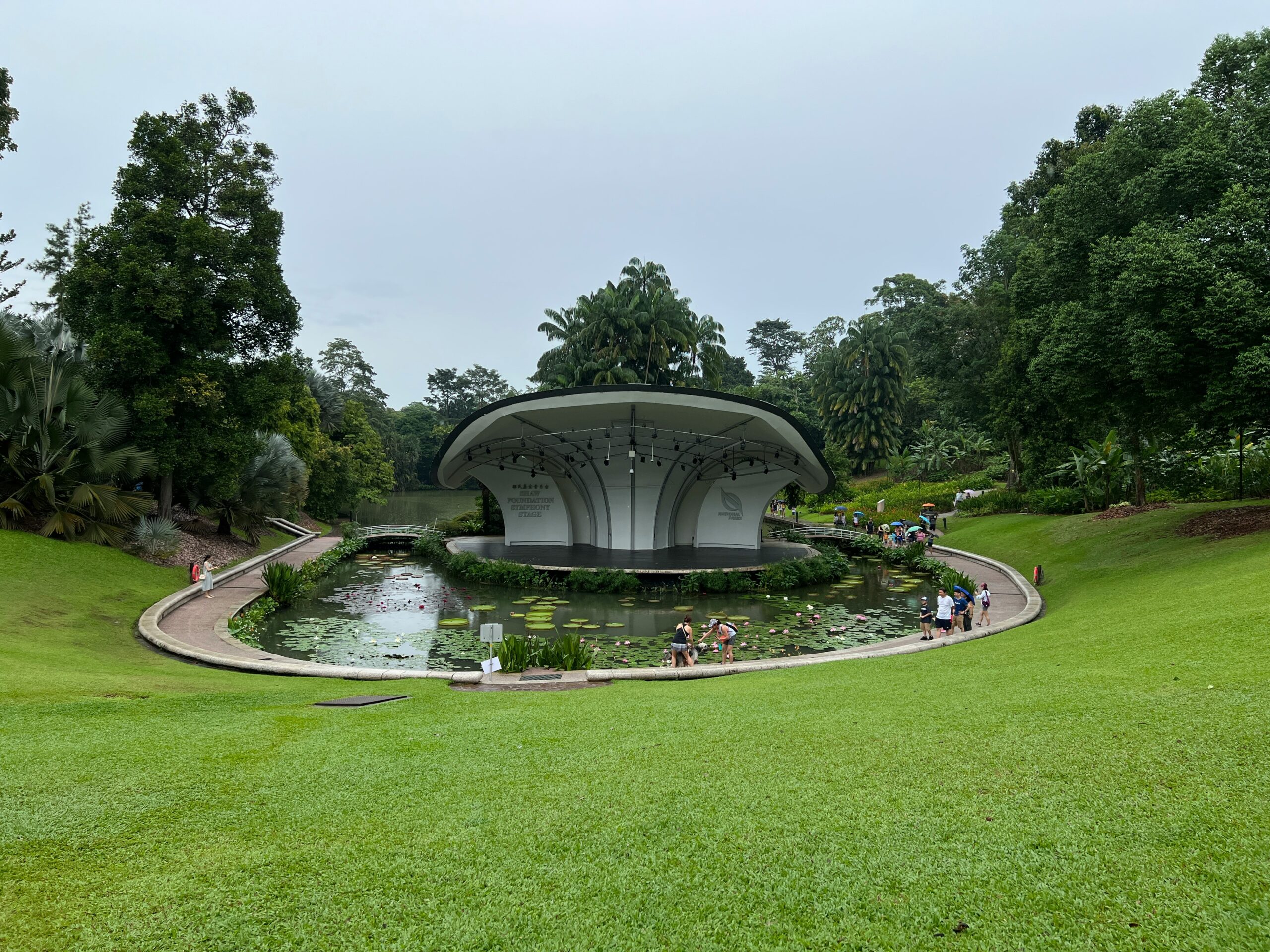
A UNESCO World Heritage Site and one of the most acclaimed green spaces in Asia. Visitors can explore winding pathways, tranquil ponds, and lush greenery, immersing themselves in nature’s beauty.
Kuala Lumpur, Malaysia
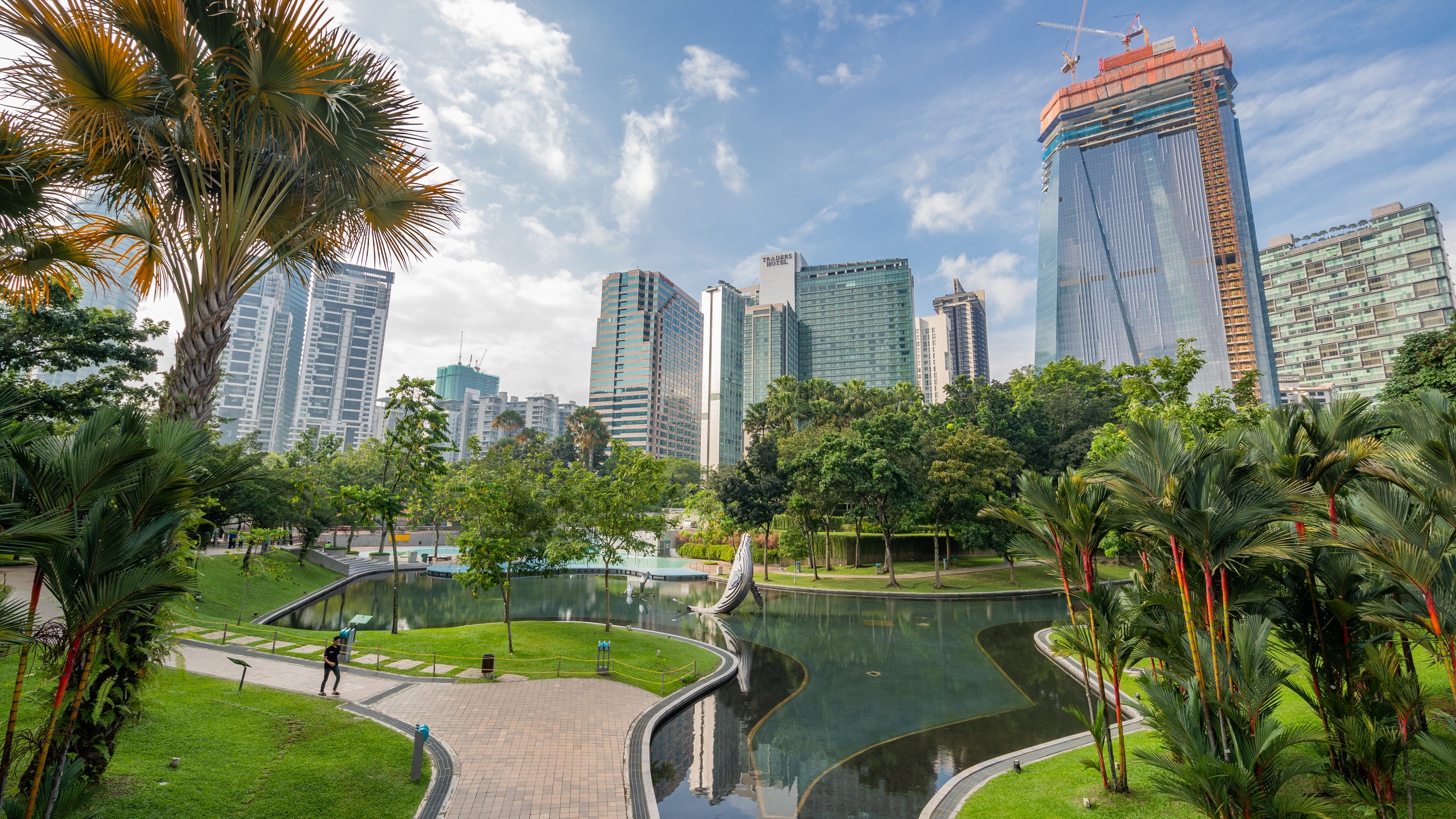
Spanning over 50 acres, the park offers a lush and verdant retreat amidst the bustling city centre. Its accessibility, scenic beauty, and recreational amenities make it a popular destination for relaxation and leisure in Kuala Lumpur.
Below Ground Parking
Mexico City, Mexico
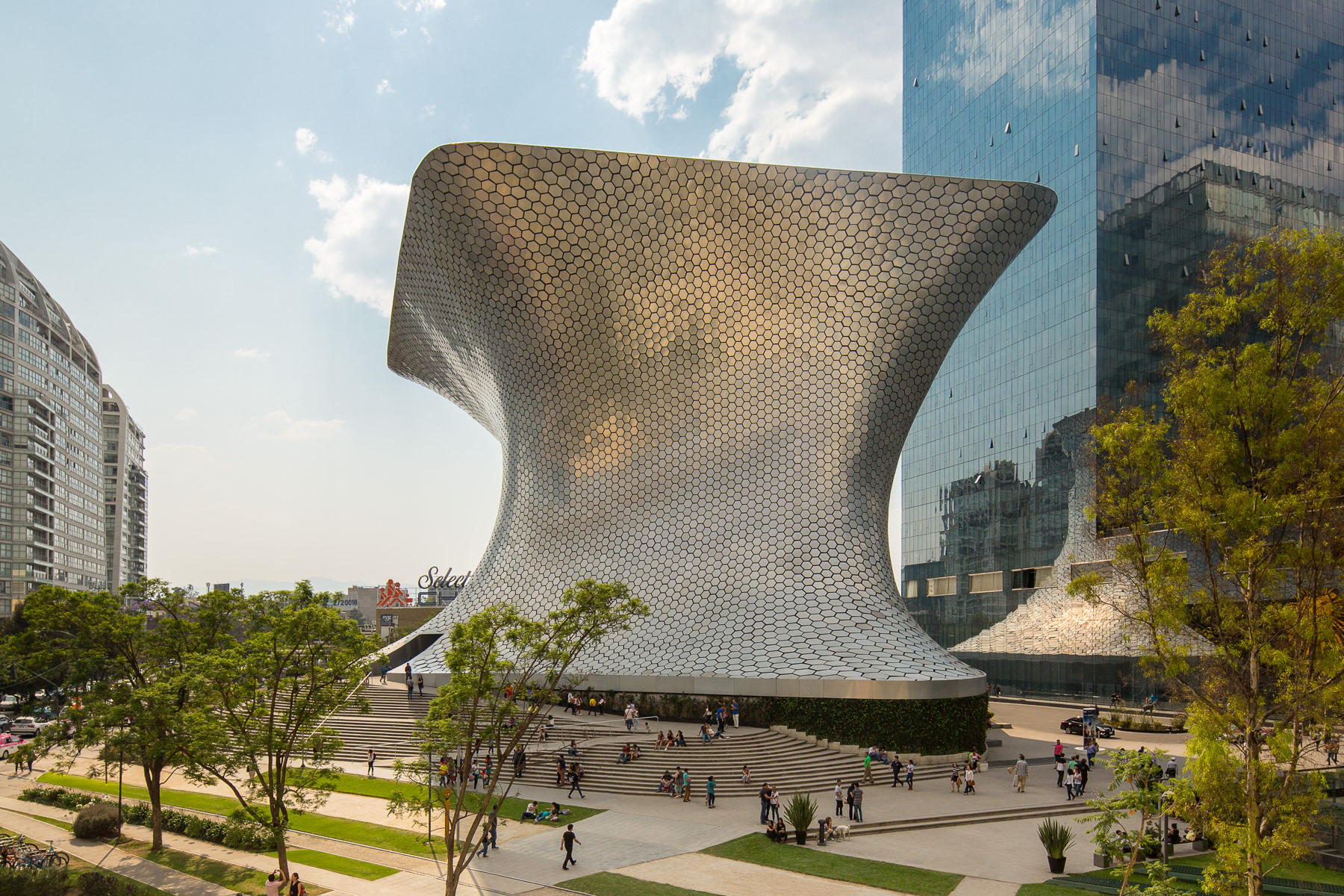
The Museo Soumaya features a striking architectural design that includes a hidden underground parking facility. Beneath the museum’s surface lies a spacious underground parking garage that accommodates hundreds of vehicles. Which allows the museum to maintain its sleek and uninterrupted exterior while providing convenient parking for visitors.
Marina Bay, Singapore
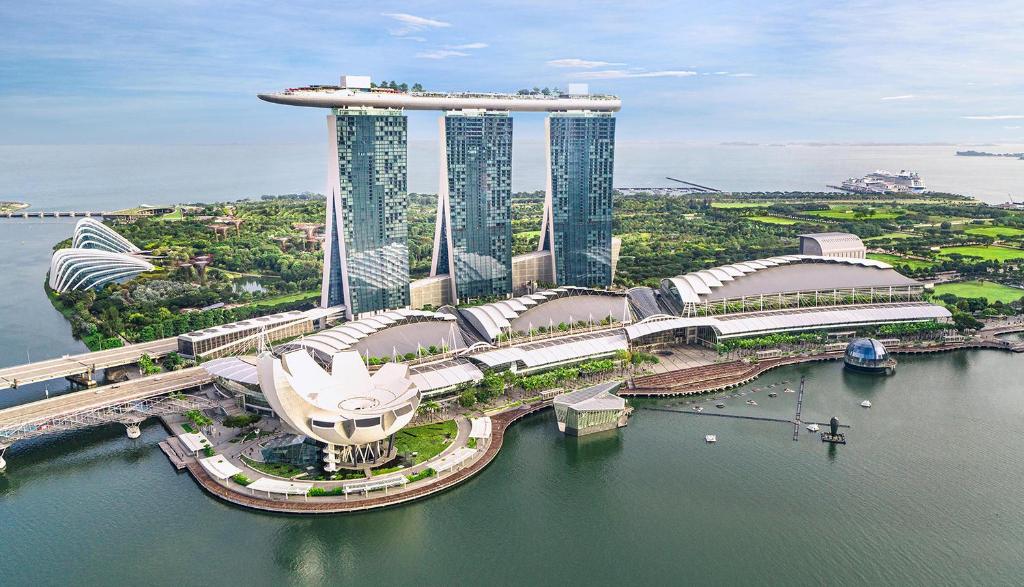
Marina Bay Sands is a prominent integrated resort in Singapore known for its iconic architecture and world-class amenities. The resort features a hidden underground parking facility that seamlessly integrates with its surroundings.
Sydney, Australia
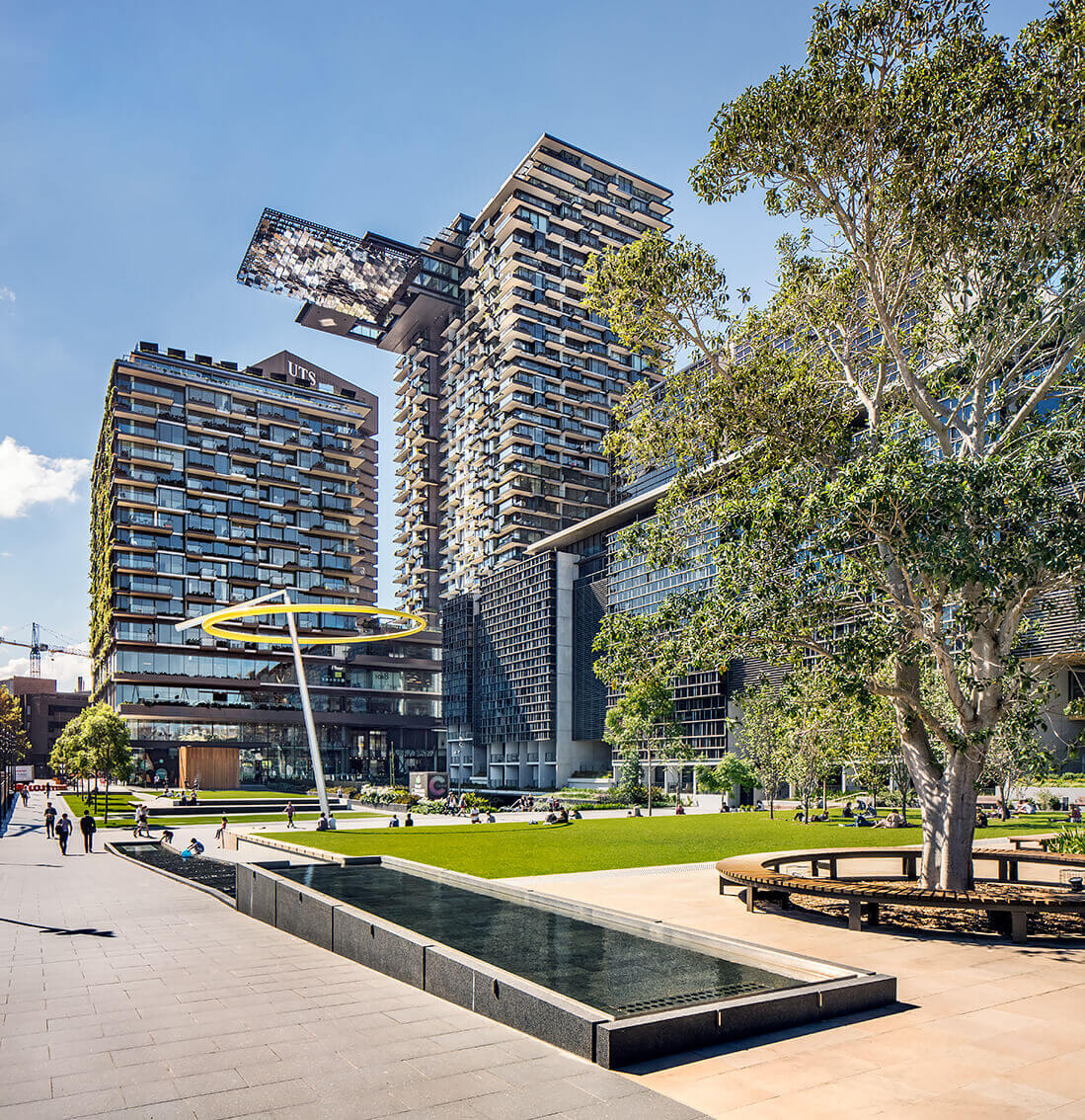
A mixed-use development featuring innovative green spaces and sustainable design features. The development includes a hidden underground parking garage that minimizes its visual impact on the surrounding landscape.
New York City, USA

Featuring a blend of office buildings, residential apartments, shops, and cultural institutions, all built above rail yards on Manhattan’s West Side.
London, United Kingdom

The Shard, standing as one of the tallest buildings in Europe, integrates offices, luxury residences, a hotel, restaurants, and a public viewing gallery, symbolizing a vertical city within London’s vibrant urban core.
Tokyo, Japan

A combines office space, apartments, shops, restaurants, a hotel, a museum, and an observatory, creating a self-sufficient urban neighbourhood designed to enhance liveability and work-life balance.
New York City, USA

Originally an elevated railway, the High Line has been transformed into a public park, providing a pedestrian pathway that promotes leisurely walks amidst urban landscapese.
Seoul, South Korea

This project involved the restoration of a long-buried stream and the creation of a massive public park in its place, turning a congested highway into a tranquil, pedestrian-friendly zone in the heart of Seoul.
Copenhagen, Denmark

Superkilen is a public park in the Nørrebro district that features a red square, a black market, and a green park, encouraging walking and cycling through its innovative use of public space that integrates global urban design ideas.
Barcelona, Spain

Transformed an industrial area of Barcelona into a thriving knowledge district. The area features a mix of new and old buildings with controlled heights to maintain a human scale
Tianjin, China

The adoption of human-scaled building proportions, which make the urban environment more accessible and comfortable for residents and visitors alike.
Stockholm, Sweden

The buildings are generally ranging from 4 to 8 stories. This scale is intentional to ensure that the buildings complement the human perspective and do not overwhelm the streetscape. The moderate height also allows for more natural light to permeate the area, which makes the space feel more open and comfortable.
London, UK

Portobello Road in Notting Hill hosts a bustling street market with vibrant stalls selling antiques, vintage clothing, and artisanal goods. Lined with colorful shops, cafes, and restaurants, it offers a lively and diverse atmosphere, drawing locals and tourists alike.
Tokyo, Japan

One of the busiest pedestrian intersections in the world and a prime example of active frontages in urban design. Surrounding the crossing are numerous shops, restaurants, and entertainment venues, all with ground-level entrances facing the street.
Buenos Aires, Argentina

Known for its colorful streets, tango dancing, and vibrant culture, La Boca’s Caminito street is lined with brightly painted houses, outdoor cafes, and artisan stalls. Visitors enjoy the neighbourhood’s energetic atmosphere and artistic expression.
Milano, Italy

The square features striking contemporary architecture, including office towers, residential buildings, and a monumental circular fountain. Surrounding the square, visitors can find innovative street furniture, and artistic installations that complement the square’s sleek and futuristic design.
Holland Village, Singapore

A UNESCO World Heritage Site and one of the most acclaimed green spaces in Asia. Visitors can explore winding pathways, tranquil ponds, and lush greenery, immersing themselves in nature’s beauty.
Kuala Lumpur, Malaysia

Spanning over 50 acres, the park offers a lush and verdant retreat amidst the bustling city centre. Its accessibility, scenic beauty, and recreational amenities make it a popular destination for relaxation and leisure in Kuala Lumpur.
Mexico City, Mexico

The Museo Soumaya features a striking architectural design that includes a hidden underground parking facility. Beneath the museum’s surface lies a spacious underground parking garage that accommodates hundreds of vehicles. Which allows the museum to maintain its sleek and uninterrupted exterior while providing convenient parking for visitors.
Marina Bay, Singapore

Marina Bay Sands is a prominent integrated resort in Singapore known for its iconic architecture and world-class amenities. The resort features a hidden underground parking facility that seamlessly integrates with its surroundings.
Sydney, Australia

A mixed-use development featuring innovative green spaces and sustainable design features. The development includes a hidden underground parking garage that minimizes its visual impact on the surrounding landscape.
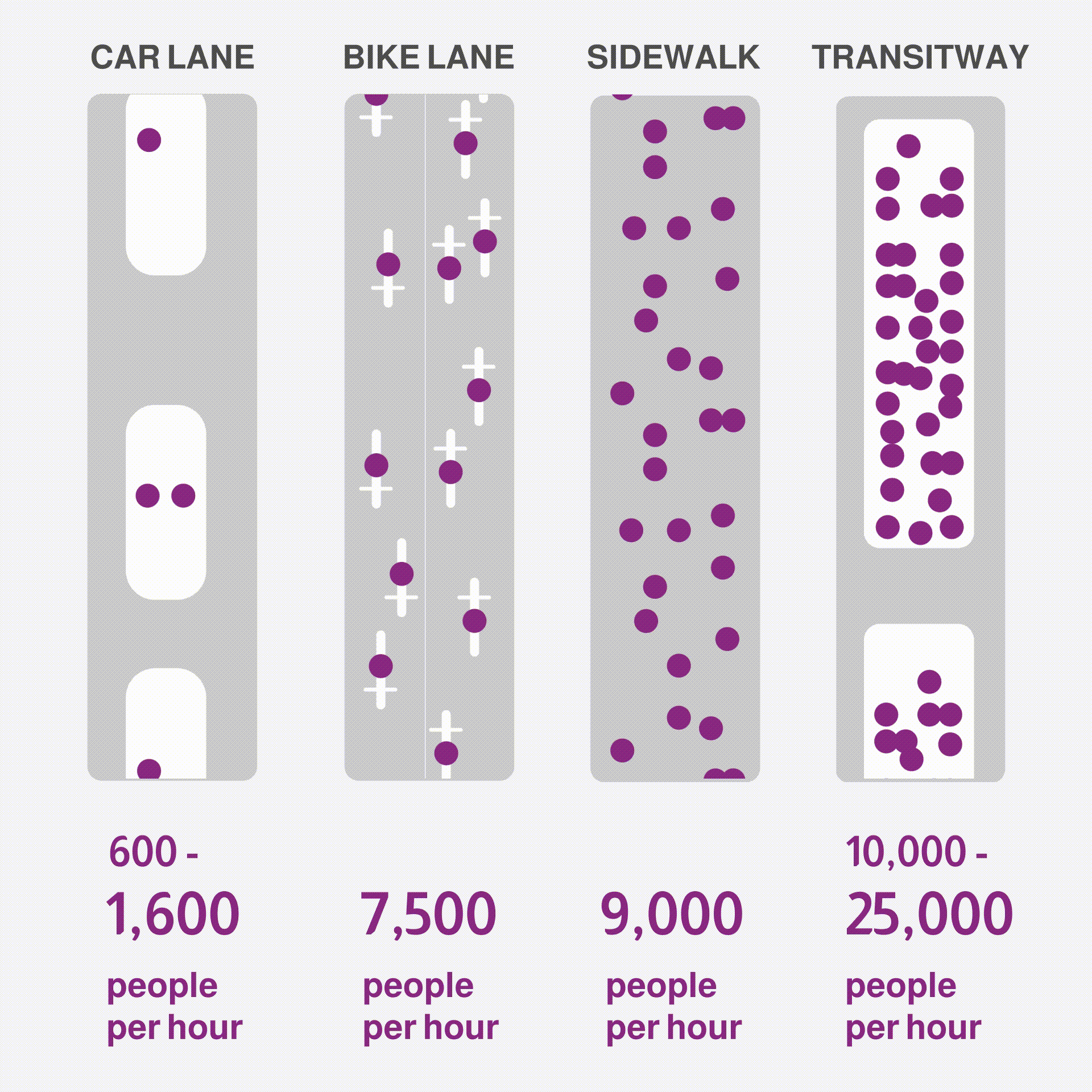
Times Square’s Urban
Transformation
Before 2009, Times Square, a bustling tourist and entertainment hub, struggled with extreme pedestrian congestion and vehicle traffic, compromising safety, and detracting from visitor experiences.
Introduce Urban Design Intervention (2009)
Under Mayor Michael Bloomberg and Transportation Commissioner Janette Sadik-Khan, New York City initiated a bold urban redesign in 2009, converting Broadway from 42nd to 47th streets into a temporary pedestrian-only zone, aiming to enhance traffic flow and pedestrian safety
Implementation
Outcomes
“Make London a Walkable City”
Initiative
Initiated in 2018, this initiative is part of London’s broader “Walking Action Plan” aimed at enhancing health, reducing congestion, and minimizing pollution by increasing pedestrian infrastructure and safety to make London highly walkable.
Strategies and Investments
Outcomes
The transformation showcases the power of urban design to solve core issues in congested city centres, effectively promote walkability, boosting safety, economy, and environmental quality. These initiatives serve as a valuable model for other cities aiming to reimagine their
urban landscapes.
Times Square’s Urban
Transformation
Before 2009, Times Square, a bustling tourist and entertainment hub, struggled with extreme pedestrian congestion and vehicle traffic, compromising safety, and detracting from visitor experiences.
Introduce Urban Design Intervention (2009)
Under Mayor Michael Bloomberg and Transportation Commissioner Janette Sadik-Khan, New York City initiated a bold urban redesign in 2009, converting Broadway from 42nd to 47th streets into a temporary pedestrian-only zone, aiming to enhance traffic flow and pedestrian safety
Implementation
Outcomes
“Make London a Walkable City”
Initiative
Initiated in 2018, this initiative is part of London’s broader “Walking Action Plan” aimed at enhancing health, reducing congestion, and minimizing pollution by increasing pedestrian infrastructure and safety to make London highly walkable.
Strategies and Investments
Outcomes
The transformation showcases the power of urban design to solve core issues in congested city centres, effectively promote walkability, boosting safety, economy, and environmental quality. These initiatives serve as a valuable model for other cities aiming to reimagine their
urban landscapes.
| Thank you for Signing Up |


| | Thank you for Signing Up |



